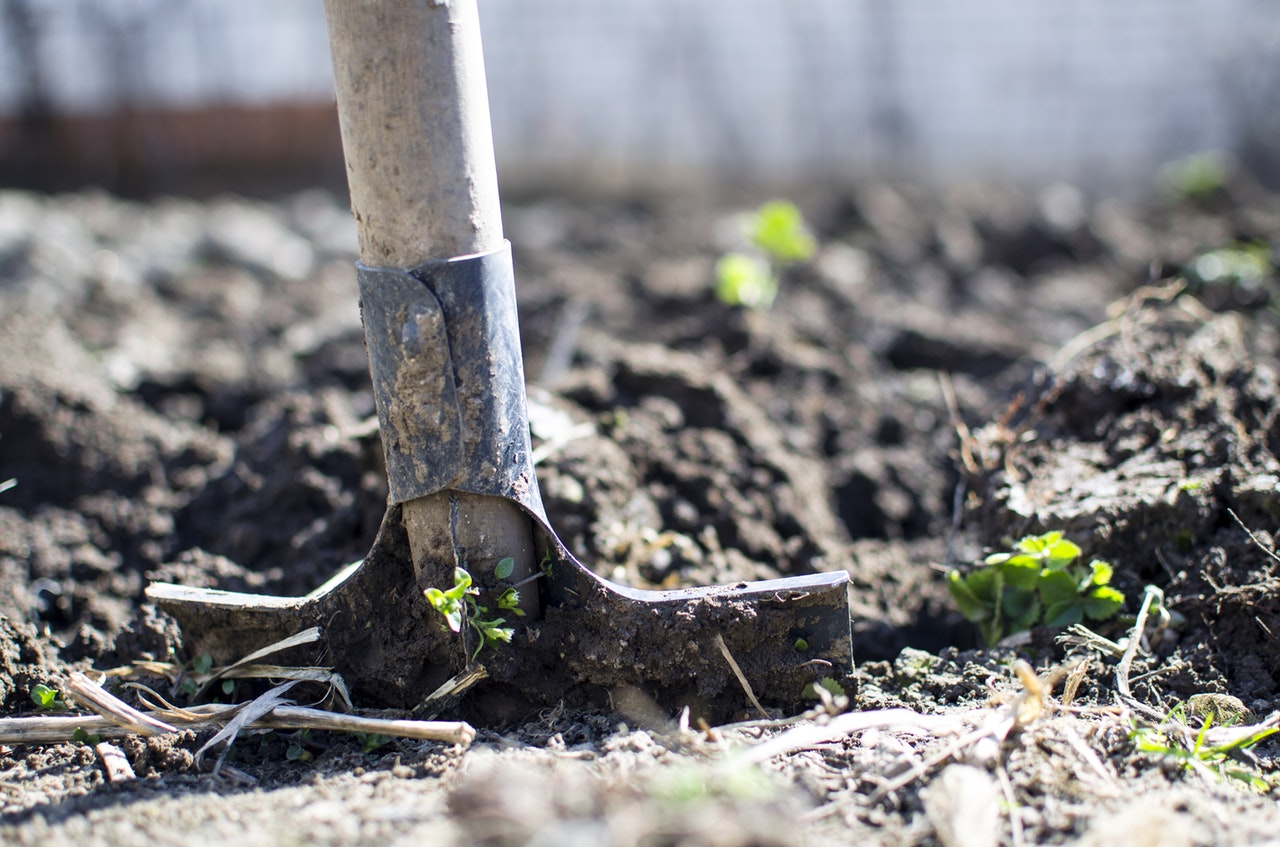One Solution to Climate Change No One Is Talking About
It was a nightmarish Iowa blizzard in 1998 that made Seth Watkins rethink the way he farmed.
Before then, he’d operated his family business—he raises livestock alongside hay and corn crops for feed—pretty much as his parents had, utilizing practices like monocropping and unseasonal calving cycles, methods designed to cheat nature. The blizzard, which imperiled the lives of many newly born calves that year, made him realize there must be a better way to steward the land and the animals on it — methods more attuned to the natural scheme of things.
In the 20 years since, Watkins has shepherded in a number of major changes—such as prairie strips, cover crops and rotational grazing—that prevent soil erosion, curb toxic nitrate and phosphorus runoff into nearby waterways, stimulate the biodiversity of the local ecosystems, and improve soil moisture and nutrient content, all the while increasing profits, he said.

